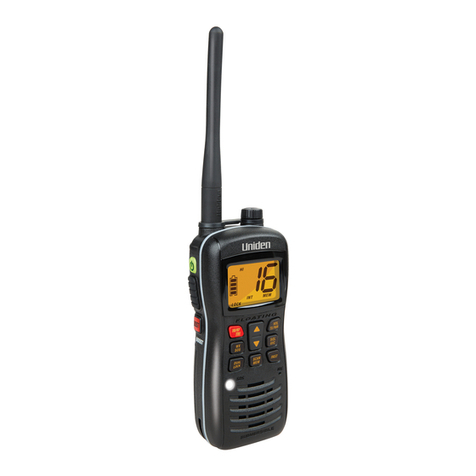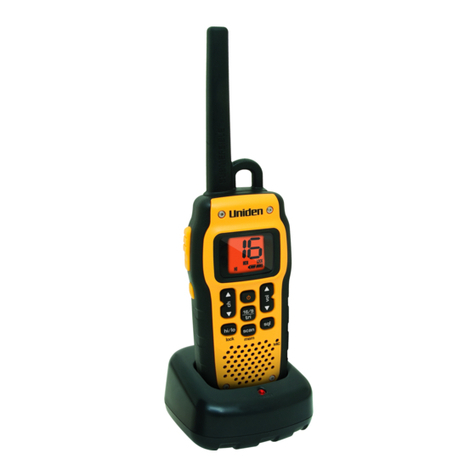Uniden JACKSON User manual
Other Uniden Transceiver manuals
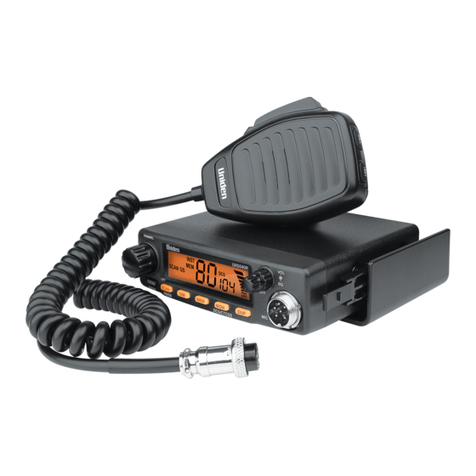
Uniden
Uniden UH5040R User manual
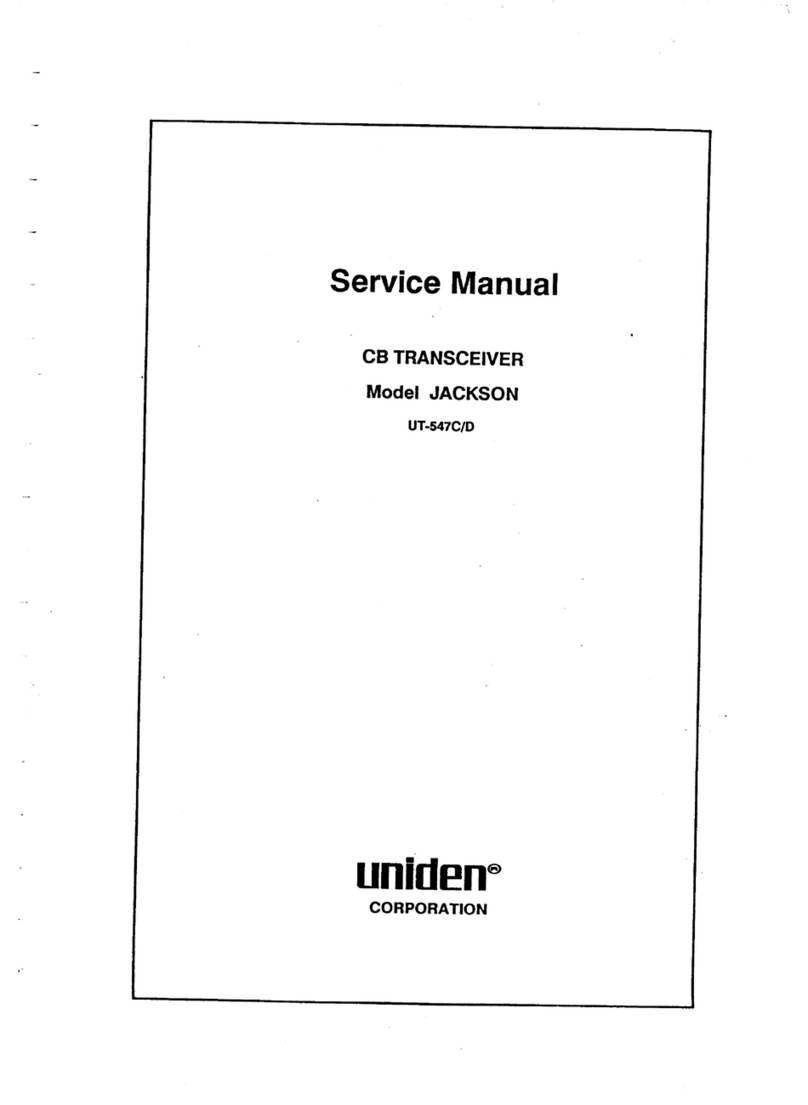
Uniden
Uniden Jackson UT-547C/D User manual
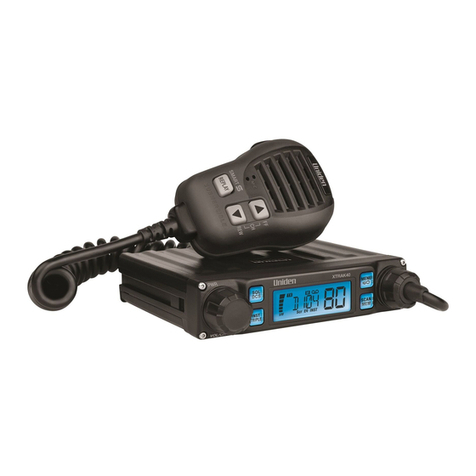
Uniden
Uniden XTRAK40 User manual

Uniden
Uniden UH8060NB User manual

Uniden
Uniden PRO5050 User manual
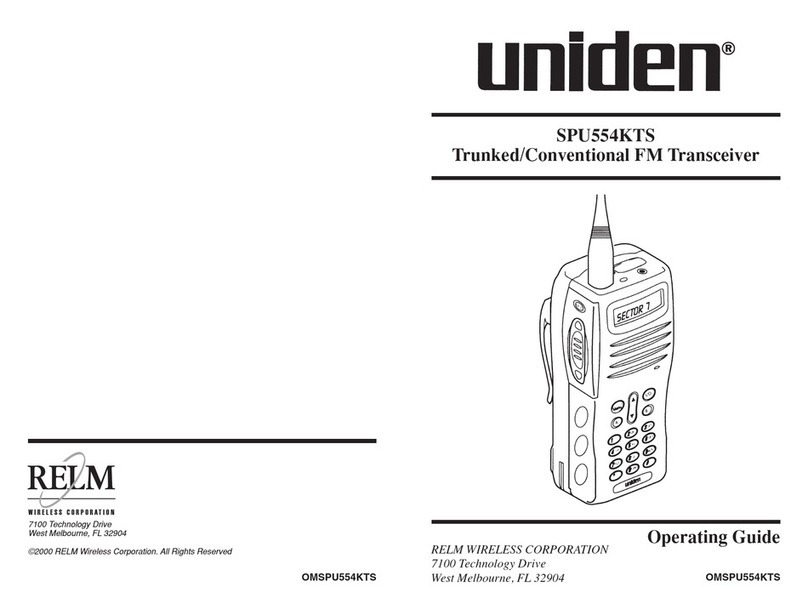
Uniden
Uniden SPU554KTS User manual
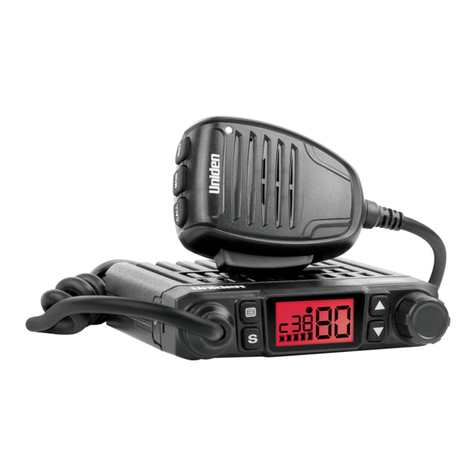
Uniden
Uniden UH6000 User manual

Uniden
Uniden UH835S User manual
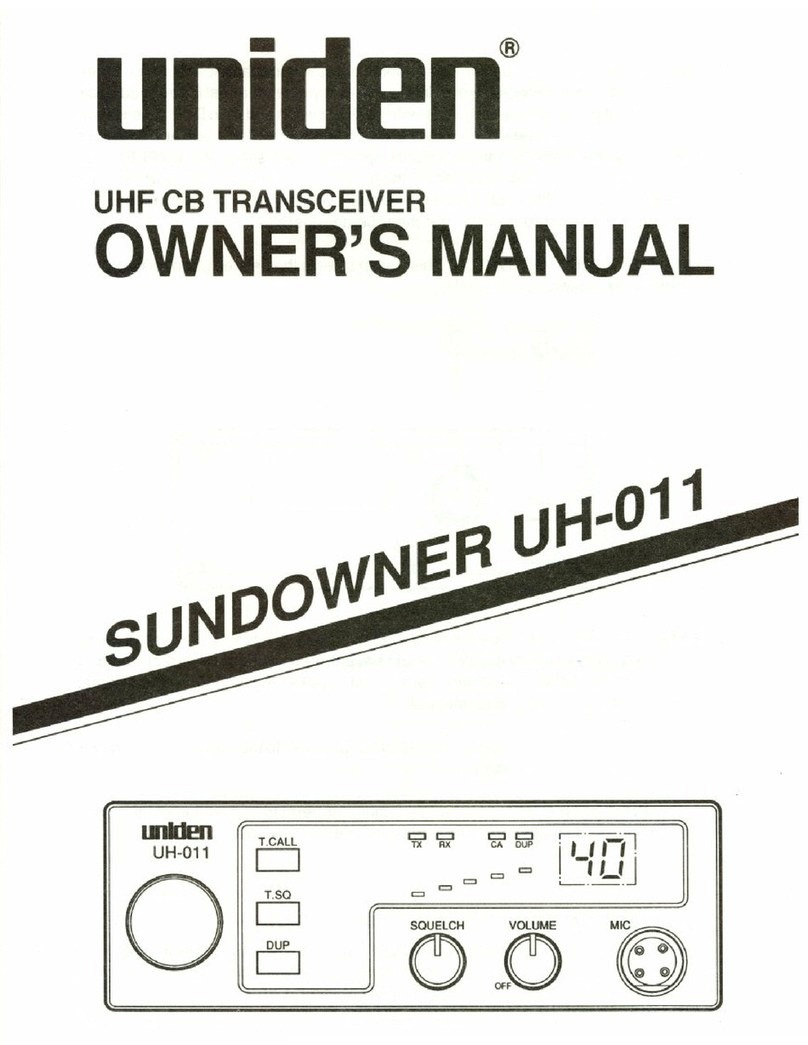
Uniden
Uniden SUNDOWNER UH-011 User manual
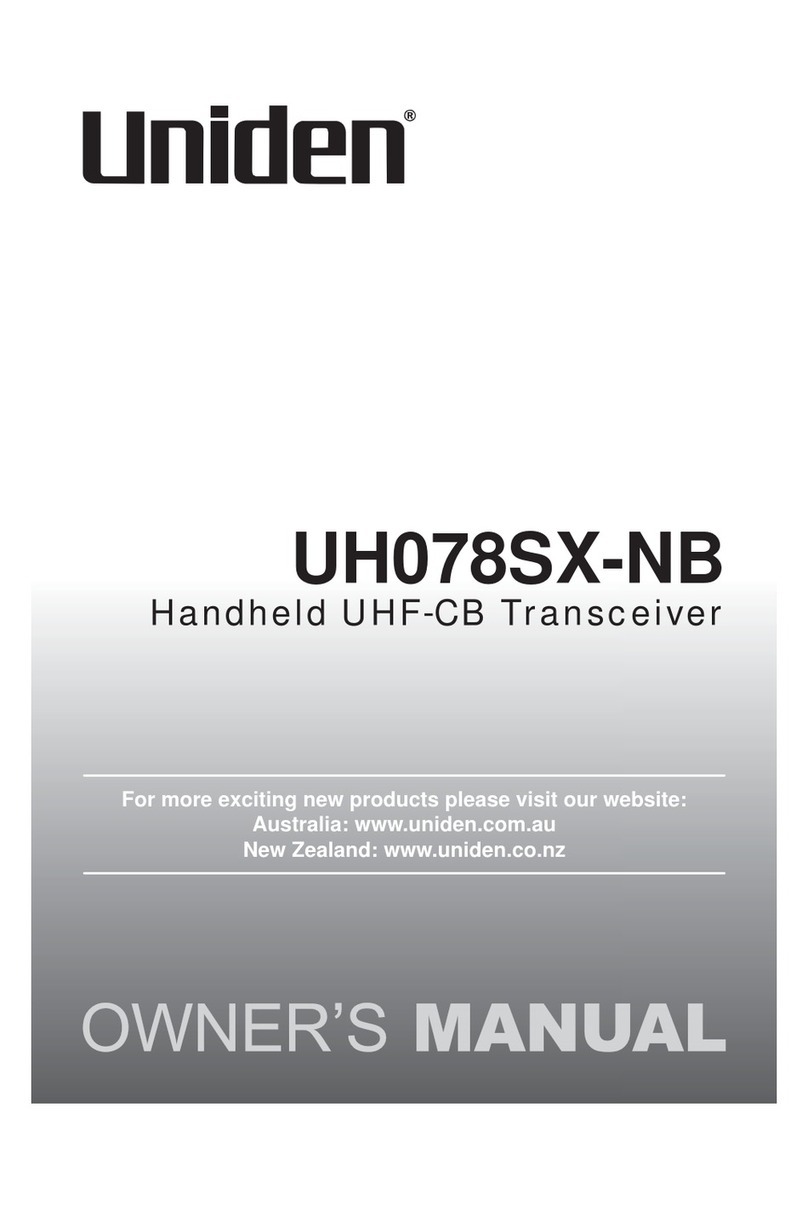
Uniden
Uniden UH078SX-NB User manual
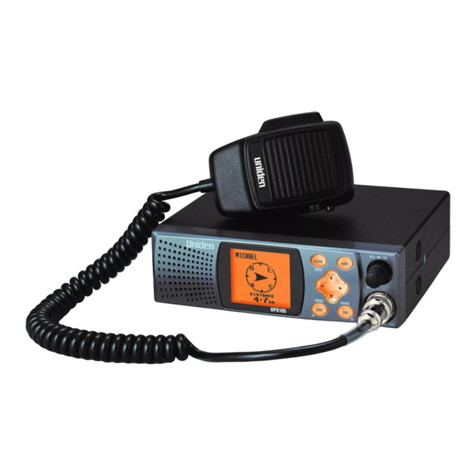
Uniden
Uniden GPS105 User manual
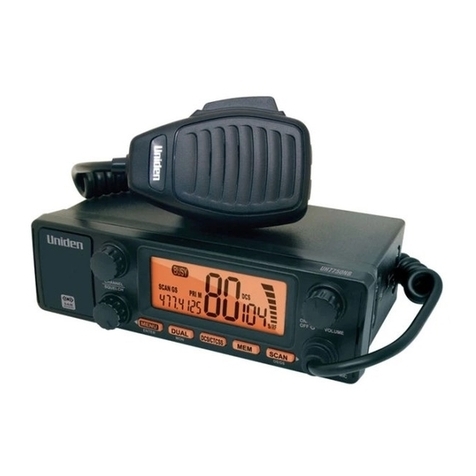
Uniden
Uniden UH7750NB User manual
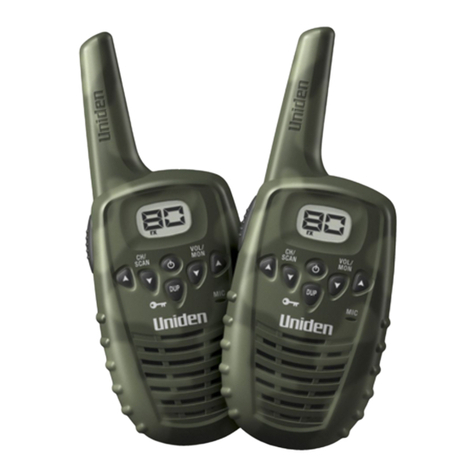
Uniden
Uniden UH037SX-2NB User manual
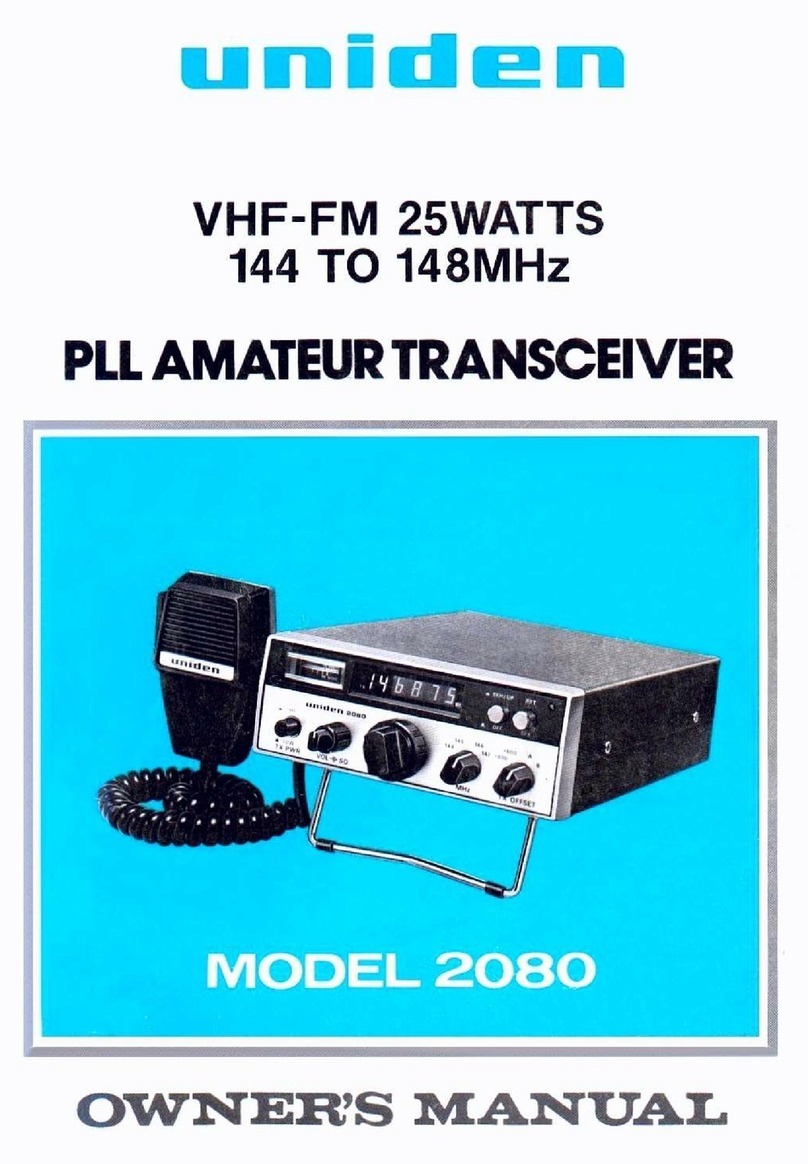
Uniden
Uniden 2080 User manual
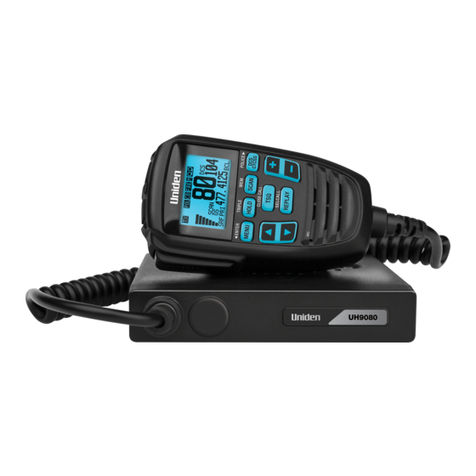
Uniden
Uniden UH9080 User manual
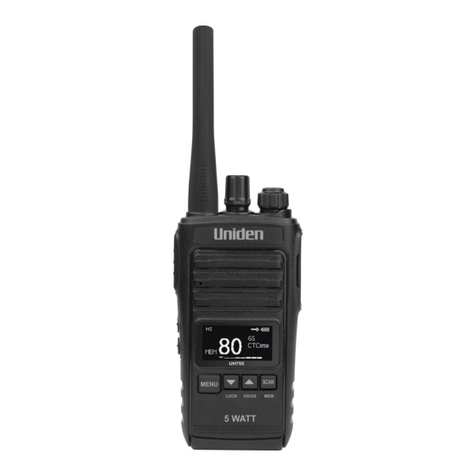
Uniden
Uniden UH755 Series User manual
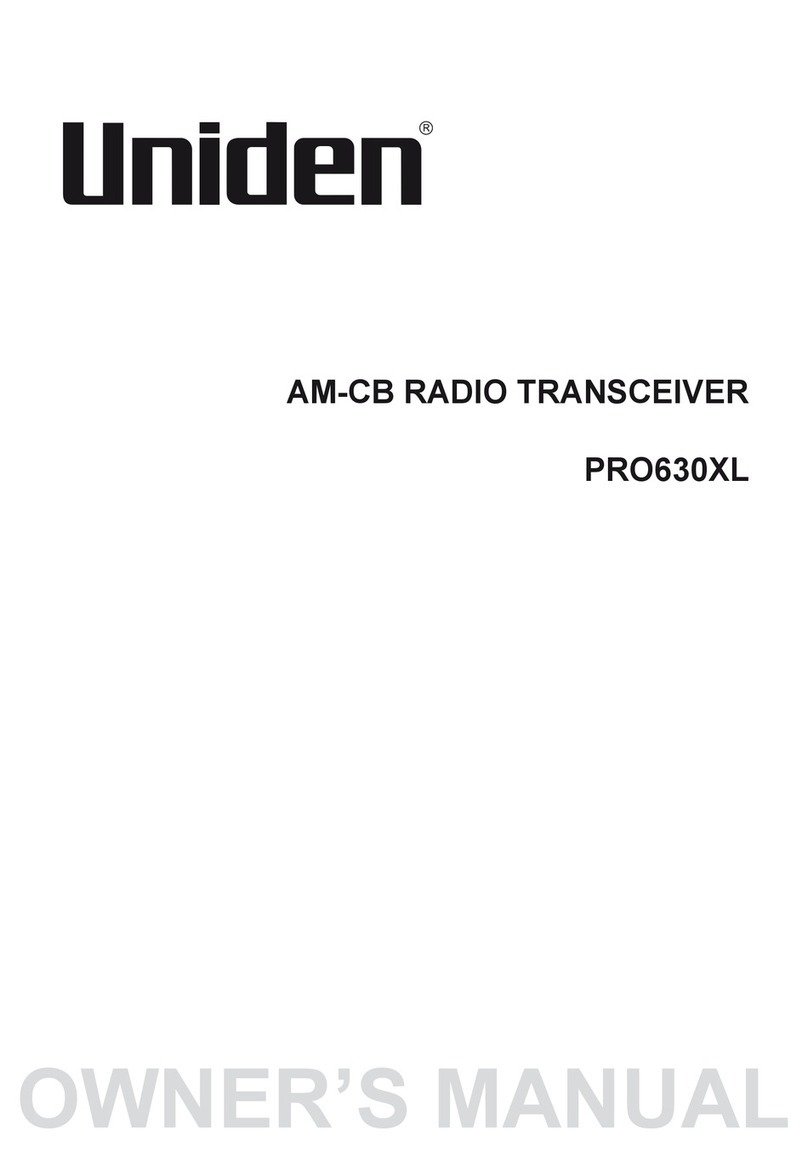
Uniden
Uniden PRO630XL User manual

Uniden
Uniden UH200 Series User manual
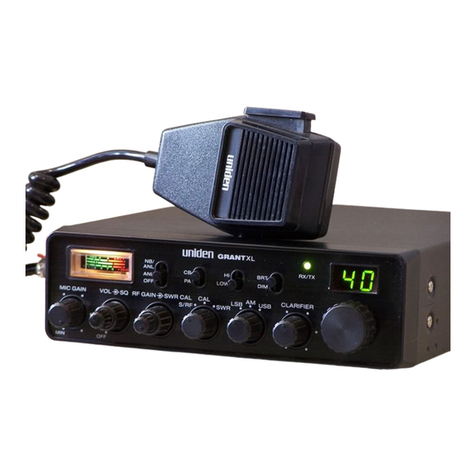
Uniden
Uniden GRANT XL User manual

Uniden
Uniden UH5000 User manual
